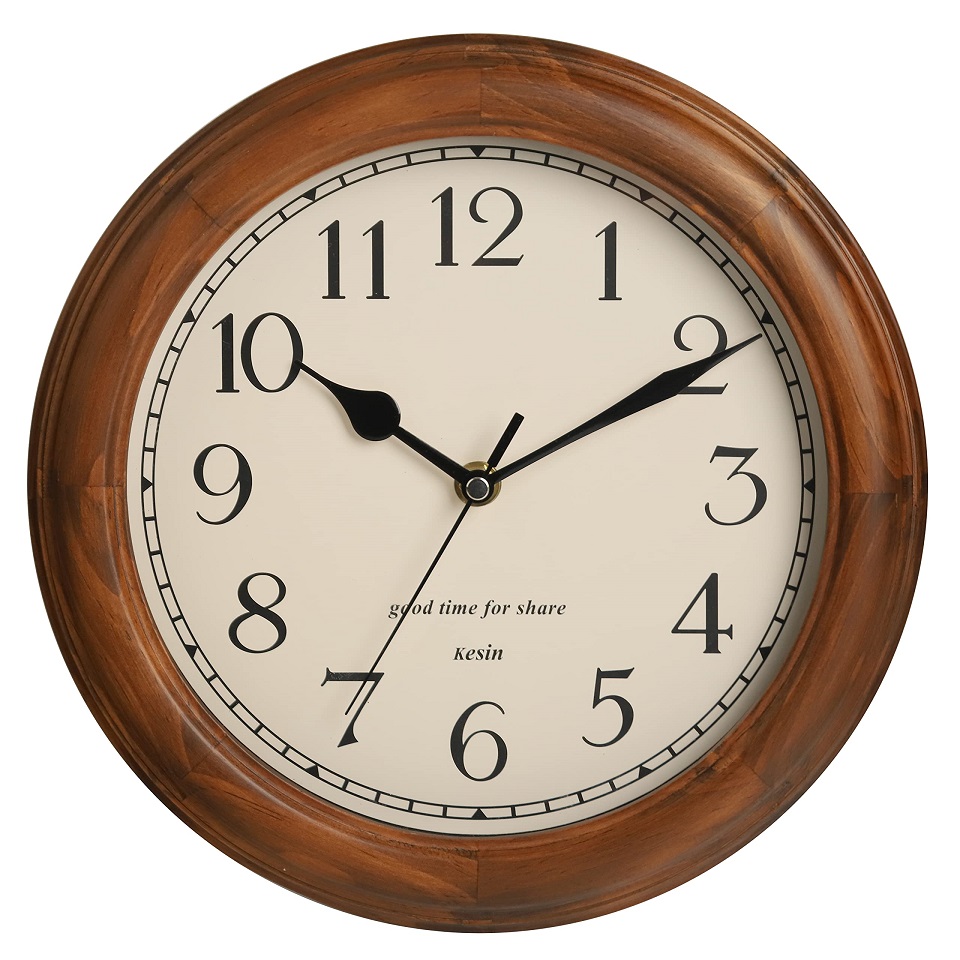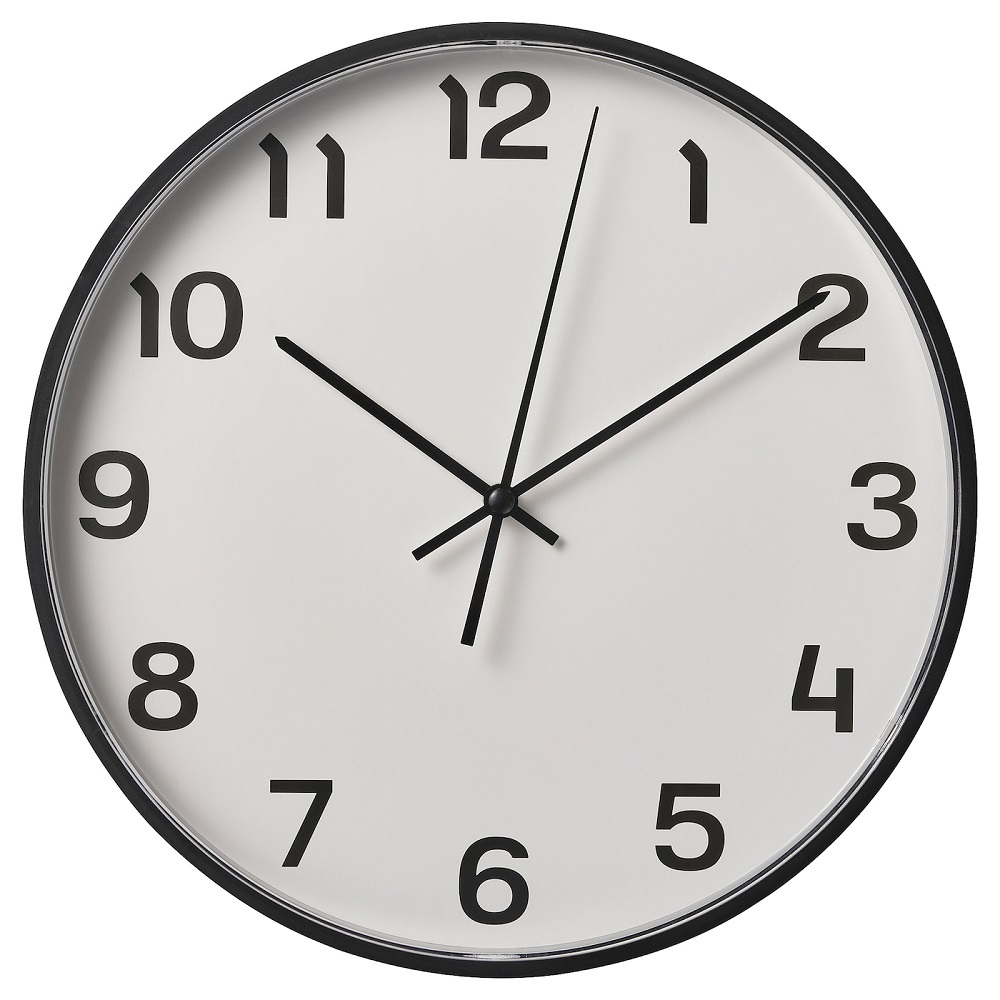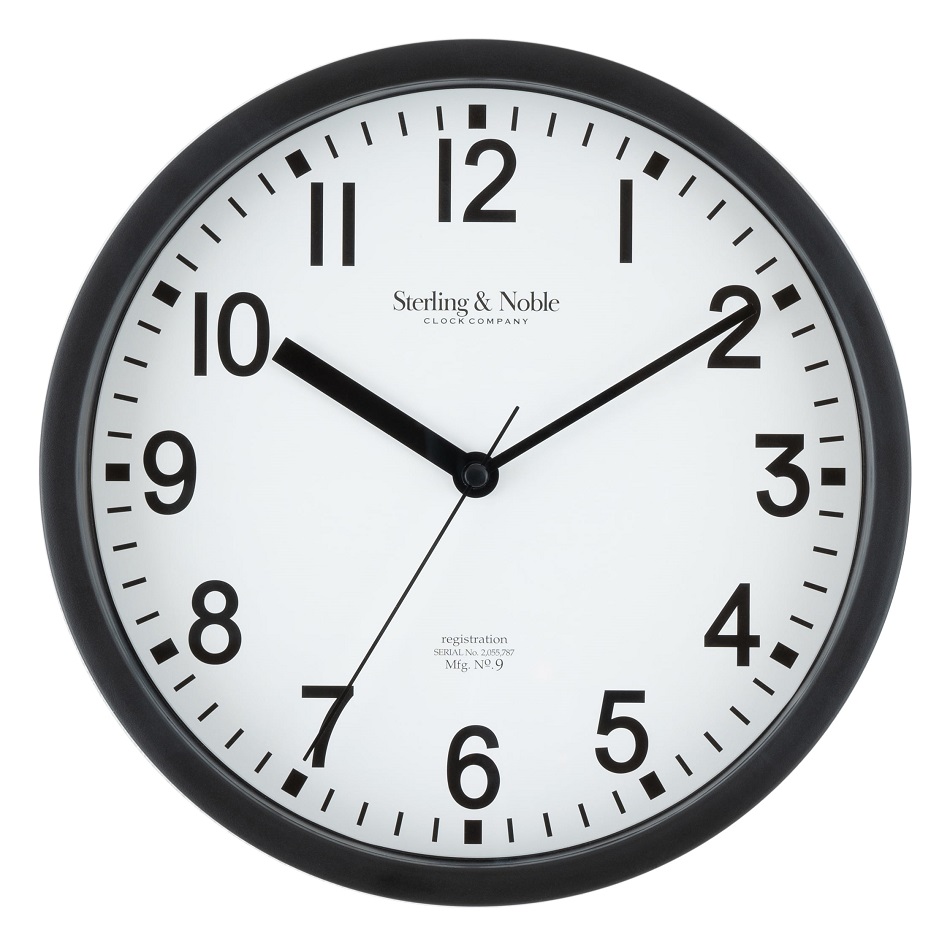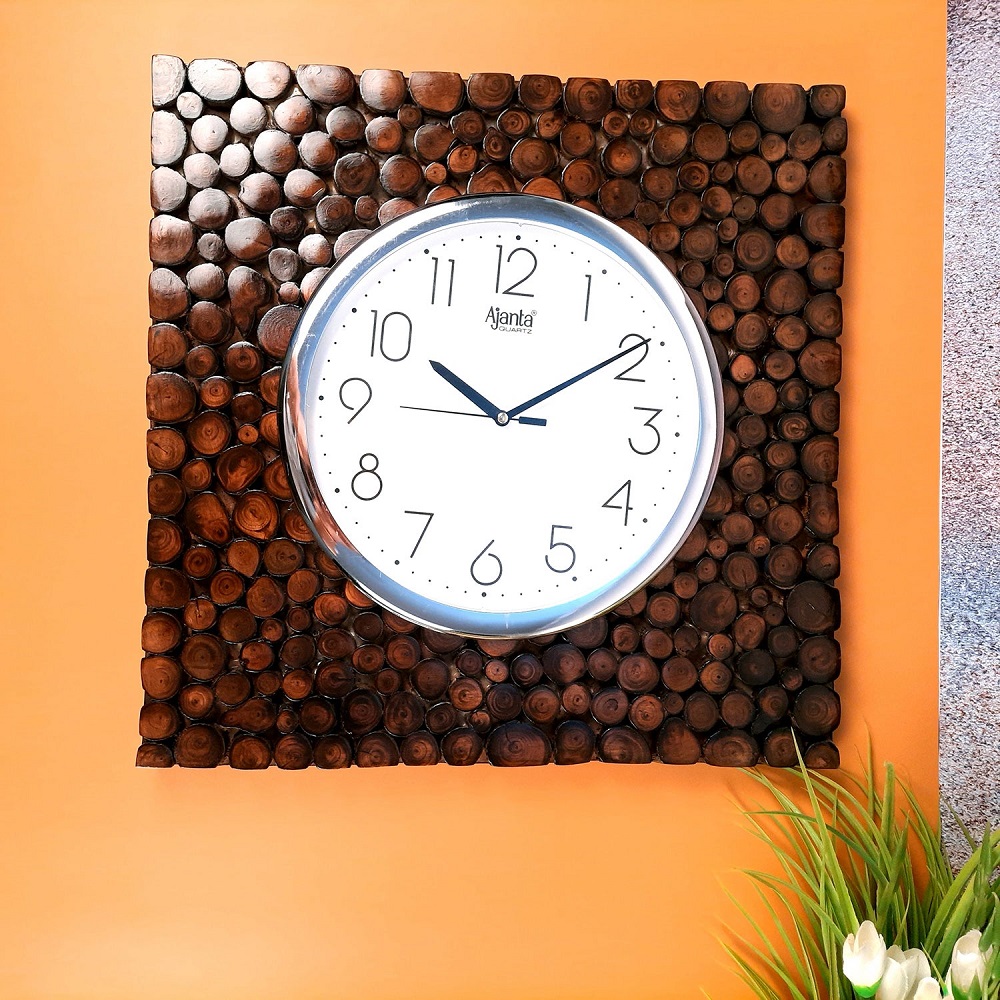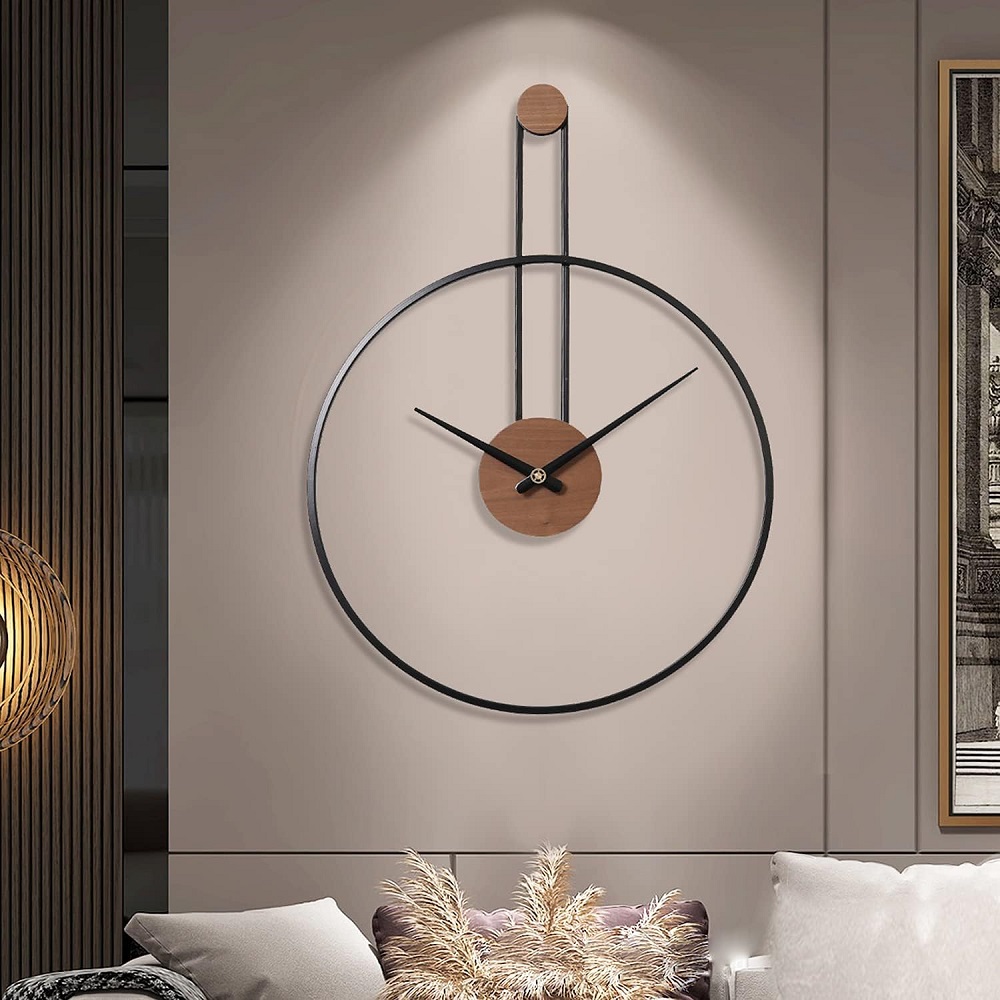Wall clocks, with their simple yet intricate mechanisms, have adorned our homes and public spaces for centuries. They are more than just time-telling devices; they are pieces of art, expressions of style, and markers of history. Let’s delve into the world of wall clocks, exploring their history, functionality, styles, and importance in modern society.
The Historical Journey of Wall Clocks
From Sundials to Mechanical Marvels
The journey of timekeeping began long before the invention of the wall clock. Ancient civilizations used sundials to track time based on the sun’s position. As societies evolved, the need for more precise timekeeping grew. In medieval Europe, large mechanical clocks started appearing in town squares and cathedrals, marking the beginnings of the public clock era.
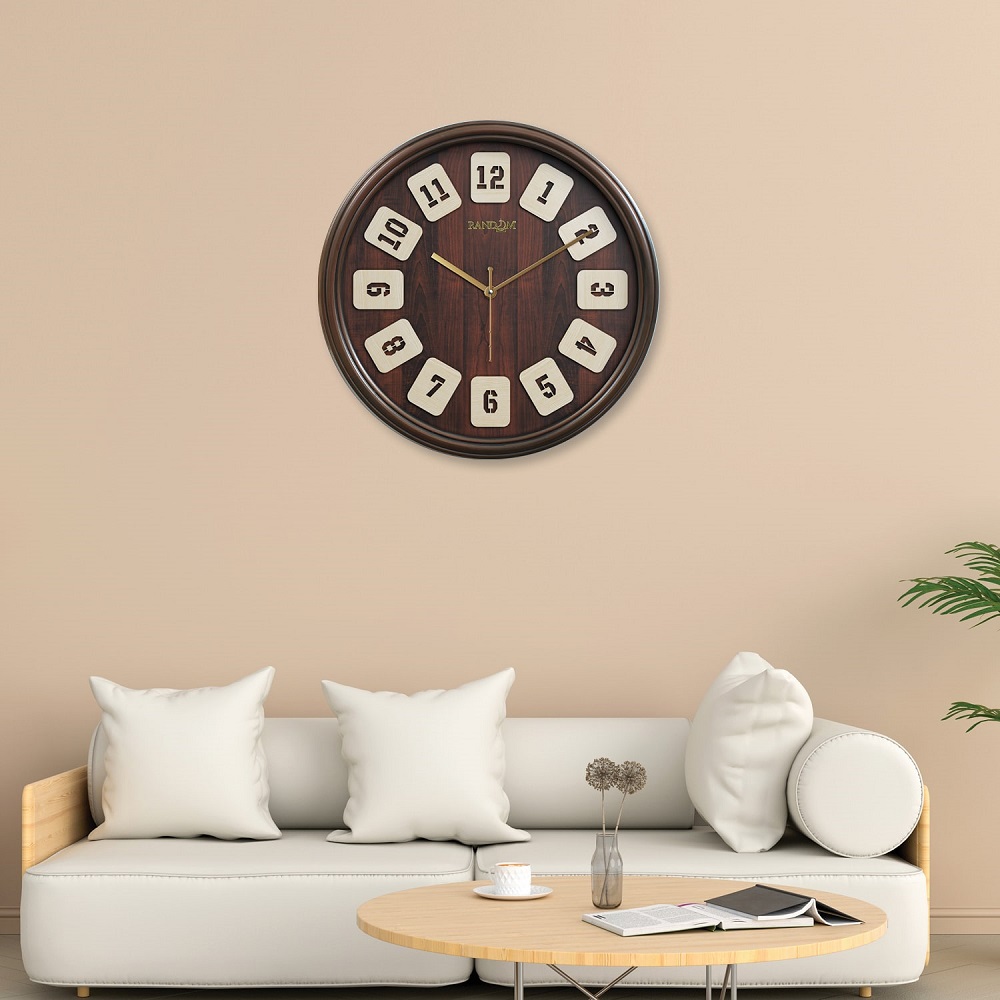
The advent of the pendulum clock in the 17th century revolutionized timekeeping. Christian Huygens, a Dutch mathematician, and scientist, is credited with inventing the pendulum clock. This invention drastically improved accuracy and set the stage for the smaller wall clocks we recognize today.
The Rise of Domestic Wall Clocks
With the Industrial Revolution came mass production, making wall clocks more accessible to the average household. By the 19th century, wall clocks had become commonplace in homes. They were not just utilitarian objects but also symbols of prestige. Craftsmanship became an important aspect, with intricate designs and high-quality materials signifying status.
Clockmakers such as Gustav Becker and Seth Thomas became household names, their creations prized for both reliability and aesthetics. Many of these antique clocks are still functional today, cherished as family heirlooms and collector’s items.
The Mechanics Behind Wall Clocks
Understanding the Inner Workings
Wall clocks may look simple on the outside, but their inner workings are quite complex. In traditional mechanical wall clocks, the key components include the escapement, gears, weights, or springs. These parts work in harmony to keep time accurately.
The escapement controls the release of energy from the clock’s power source, usually weights or springs, and ensures the gears move at a consistent pace. The pendulum and gears regulate this motion. Though modern clocks often use quartz movements powered by batteries, many enthusiasts prefer the charm and craftsmanship of mechanical clocks.
Quartz vs. Mechanical Movements
The introduction of quartz technology in the 20th century marked a significant leap forward in clock accuracy and affordability. Quartz clocks use an electronic oscillator regulated by a quartz crystal to keep precise time. These clocks are incredibly reliable and low maintenance, making them popular in households worldwide.
However, mechanical wall clocks remain admired for their engineering and aesthetics. Many people appreciate the skill involved in maintaining and winding these clocks, finding satisfaction in their rhythmic ticking and chiming.
Styles and Design of Wall Clocks
Classic and Traditional Designs
Traditional wall clocks often feature wooden cases, Roman numerals, and ornate hands. These designs may include intricate carvings, gilded detailing, and pendulums. Grandfather clocks, a subset of traditional wall clocks, are known for their stature and detailed craftsmanship.
Such clocks suit homes with classical or vintage decor, offering a touch of elegance and nostalgia. They often serve as focal points in a room, drawing attention and admiration.
Modern and Minimalist Trends
In stark contrast, modern wall clocks embrace simplicity and functionality. With clean lines, minimalist dials, and innovative materials like metal or acrylic, these clocks align with contemporary interior design trends. The focus is on blending form and function, ensuring the clock complements the overall aesthetic of the space.
Some modern designs even eliminate numbers entirely, opting for a more abstract approach that emphasizes style over functionality. These clocks appeal to those who value simplicity and modernity.
Artistic and Thematic Variations
For those seeking a more personalized touch, there are wall clocks that reflect specific themes and artistic styles. From whimsical designs featuring animals and cartoons to clocks depicting famous artworks, the possibilities are endless. These clocks often act as conversation starters, injecting character and personality into a room.
Artistic wall clocks offer an opportunity for creative expression, making them perfect for eclectic interiors. Their unique designs often reflect the owner’s interests, hobbies, or passions.
The Role of Wall Clocks in Modern Society
More Than Just Timekeepers
In today’s digital age, where everyone has access to the time through smartphones and computers, the role of the wall clock has evolved. While they continue to serve their primary function, they are now often appreciated for their decorative value. Interior designers often use clocks as a key element in room decor, balancing style and function.
Wall clocks typically occupy a prominent position on the wall, serving as a focal point. Their presence can influence the atmosphere of a room, adding warmth, elegance, or modern flair, depending on the design.
The Impact on Mental Well-being
Interestingly, wall clocks can also contribute to one’s mental well-being. Studies suggest that having visible timepieces in a room can improve productivity and time management skills. In workspaces, they serve as constant reminders to manage tasks and deadlines effectively.
On a more personal level, traditional clocks with a steady tick-tock can create a calming ambiance. The rhythmic sound provides a sense of continuity and order, which some people find comforting. This can be particularly valuable in homes where tranquility and relaxation are prioritized.
Sustainability and Eco-friendliness
With increasing awareness about environmental sustainability, many clockmakers are turning to eco-friendly practices. The production of wall clocks using sustainable materials, such as reclaimed wood or recycled metals, is growing in popularity. Furthermore, the durability and longevity of clocks, especially mechanical ones, align with the principles of sustainable living, as they are designed to last for generations.
Choosing the Right Wall Clock for Your Space
Considerations for Purchase
Selecting a wall clock involves more than just aesthetic preference. Consider factors like size, style, and functionality. The clock should align with the room’s overall decor and the wall space available. In smaller rooms, a large, bold clock can be overwhelming, whereas in larger spaces, a small clock might go unnoticed.
Functionality is another key aspect. Decide whether you prefer a clock with silent movement, especially in bedrooms or study areas, where noise might be disruptive. Alternatively, if you enjoy a clock’s tick-tock, this aspect might not be a concern.
Placing Your Wall Clock Strategically
Placement is crucial for maximizing the impact of a wall clock. Ideally, it should be at eye level and easily visible from different parts of the room. In living rooms, above the fireplace or on a feature wall is common, while in kitchens, it might hang near food preparation areas for convenience.
In workspaces, having a clock visible from your desk can enhance time management. It’s also practical in dining rooms or breakfast nooks, where family members often keep an eye on the time during meals.
Maintenance and Care Tips
Clocks require regular maintenance to remain in good working condition. For mechanical clocks, regular winding and oiling are necessary. Consult the manufacturer’s guidelines for specific maintenance advice. Quartz clocks generally require less upkeep, but changing the battery regularly is essential.
Clean the exterior of the clock with a soft cloth to prevent dust accumulation, which can affect both appearance and function. Avoid harsh cleaning products that might damage delicate surfaces or intricate designs.
The Cultural Significance of Wall Clocks
Symbolism in Different Cultures
Wall clocks hold cultural significance across the globe. In Western cultures, clocks often symbolize the passage of time and the importance of punctuality. Conversely, in some Eastern cultures, clocks can be associated with longevity and fortune.
In Feng Shui practices, the placement of clocks is significant. They are believed to influence the energy flow in a home, with specific placements bringing prosperity or misfortune. Thus, selecting and placing a wall clock is sometimes approached with careful consideration in certain cultures.
Wall Clocks in Popular Media
Wall clocks have also found a secure place in popular media, often symbolizing key themes. In literature and film, a clock striking midnight might symbolize change or the onset of a significant event. In art, famous works like Salvador Dalí’s “The Persistence of Memory” highlight the surreal and flexible nature of time itself.
These cultural representations reflect the enduring intrigue with timekeeping and the symbolic power of clocks. They act as metaphors for life’s transient nature, reinforcing our fascination with measuring time.
Future Trends in Wall Clock Design
Technological Advancements
As technology continues to evolve, wall clocks are also seeing modern innovations. Smart clocks, which sync with online calendars and display appointment reminders, are becoming more popular. Some even integrate with smart home systems, allowing the clock to adjust based on voice commands or smartphone apps.
These technological advancements make wall clocks not only more functional but also more in tune with our connected lifestyles. This shift represents the merging of tradition and modernity, catering to the needs of technologically savvy consumers.
Customization and Personalization
Personalization is gaining traction in many consumer goods, including wall clocks. Customizable features, from clock faces with family photos to customized numerals and colors, allow owners to tailor the clock to their preference. Personalized clocks make thoughtful gifts, commemorating special occasions or personal achievements.
Advancements in printing technology and materials have made such customization more accessible and affordable. This trend is likely to continue, offering endless possibilities for those seeking unique and meaningful decor pieces.
Sustainability and Ethical Practices
The move toward eco-friendly and sustainable practices in manufacturing is expected to grow. As consumers become more conscious of their ecological footprint, the demand for sustainably produced wall clocks will likely rise. This shift may encourage more brands to adopt green practices, such as using biodegradable materials or supporting fair trade principles.
Overall, the future of wall clocks seems promising. While respecting their historical and cultural roots, they continue to adapt, reflecting changes in consumer preferences and technological advancements.
In conclusion, the journey of the wall clock is a fascinating tale of invention, adaptation, and human ingenuity. From their historical beginnings to their multifaceted roles in modern society, wall clocks remain timeless treasures that enrich our lives. Whether cherished for their historical significance, admired for their beauty, or relied upon for their functional value, wall clocks truly stand the test of time.
